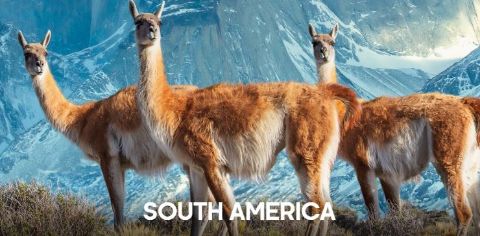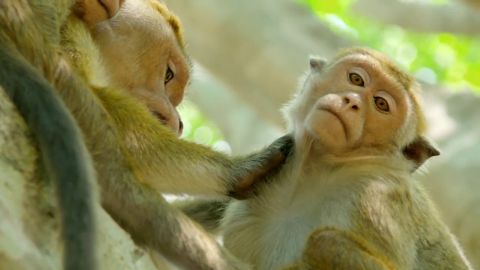Attenborough and the Giant Dinosaur • 2016
The story of how more than 220 dinosaur bones were found in the Argentinean desert, which were found to have come from a previously undiscovered species, which is the largest land dwelling animal known to have existed. David Attenborough visits the archaeological dig and a laboratory where the remains are being cleaned and analysed with lead scientist Dr Diego Pol and evolutionary biologist Ben Garrod, and meets animators, model-makers, paleontologists and anatomy experts who are working to reconstruct what the 37 metre-long creature would have looked like.
Make a donation
Buy a brother a hot coffee? Or a cold beer?
Hope you're finding these documentaries fascinating and eye-opening. It's just me, working hard behind the scenes to bring you this enriching content.
Running and maintaining a website like this takes time and resources. That's why I'm reaching out to you. If you appreciate what I do and would like to support my efforts, would you consider "buying me a coffee"?
Donation addresses
BTC: bc1q8ldskxh4x9qnddhcrgcun8rtvddeldm2a07r2v
ETH: 0x5CCAAA1afc5c5D814129d99277dDb5A979672116
With your donation through , you can show your appreciation and help me keep this project going. Every contribution, no matter how small, makes a significant impact. It goes directly towards covering server costs.





